Just In
- 1 hr ago

- 2 hrs ago

- 5 hrs ago

- 5 hrs ago

Don't Miss
- Automobiles
 Bajaj To Offer Chetak Electric Scooter At Lower Price Point: All Details Here
Bajaj To Offer Chetak Electric Scooter At Lower Price Point: All Details Here - Movies
 Dil Dosti Dilemma To Vash: Interesting OTT Release To Light Up Your Weekend
Dil Dosti Dilemma To Vash: Interesting OTT Release To Light Up Your Weekend - Sports
 Bangladesh vs Zimbabawe: Will Shakib Al Hasan Play Home T20 Series In May Or Not?
Bangladesh vs Zimbabawe: Will Shakib Al Hasan Play Home T20 Series In May Or Not? - Technology
 Qualcomm Reveals Snapdragon X Plus Chip for Laptops: 10 Core CPU, On-Device AI, & Much More
Qualcomm Reveals Snapdragon X Plus Chip for Laptops: 10 Core CPU, On-Device AI, & Much More - News
 Lok Sabha Elections 2024 Phase 2: Do's And Don'ts Every Voter Must Know For April 26
Lok Sabha Elections 2024 Phase 2: Do's And Don'ts Every Voter Must Know For April 26 - Education
 Kerala SSLC Results 2024: Number of Ways you can check the Results
Kerala SSLC Results 2024: Number of Ways you can check the Results - Finance
 Gold Prices Ayodhya: In Ram-Janma-Bhumi, 24carat Falls By Rs 380 In 10-Grams, Drops By Rs 3,800 In 100-gram
Gold Prices Ayodhya: In Ram-Janma-Bhumi, 24carat Falls By Rs 380 In 10-Grams, Drops By Rs 3,800 In 100-gram - Travel
 Escape to Kalimpong, Gangtok, and Darjeeling with IRCTC's Tour Package; Check Itinerary
Escape to Kalimpong, Gangtok, and Darjeeling with IRCTC's Tour Package; Check Itinerary
11 Common Types of Sleep Disorders And Tips For Good Sleep
Sleep is a complex biological phenomenon characterised by reduced motor activity and metabolism. Classification of sleep disorders is necessary as they help in identifying the exact disorder according to its symptoms and pathophysiology for early and effective treatment.
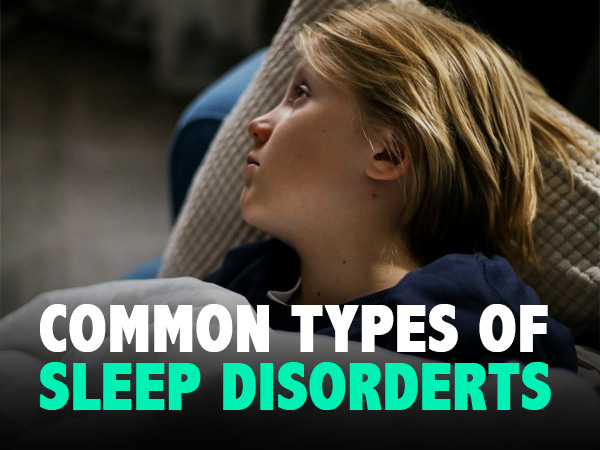
Every person has different sleep requirements according to their age, health conditions, profession and other conditions. Normal sleep is defined by two kinds of sleep: rapid eye movement (REM) sleep and non-REM (NREM) sleep. [1]
Sleep disorders arise when NREM and REM phase gets disrupted due to mental, social, environmental or emotional problems. This affects the overall quality of life and causes many medical and psychiatric issues such as stroke, depression or thyroid problems.
In this article, we will discuss some common types of sleep disorder and important tips for good sleep. Take a look.

1. Chronic insomnia disorder
It is a type of insomnia characterised by difficulties in sleeping any time during the 24 hours. In short, a person with chronic insomnia disorder is unable to maintain continuous sleep during night due to frequent awakenings, mostly at every 30 minutes.
Causes of this disorder include behavioural factors or any kind of chronic mental or medical conditions. [1]

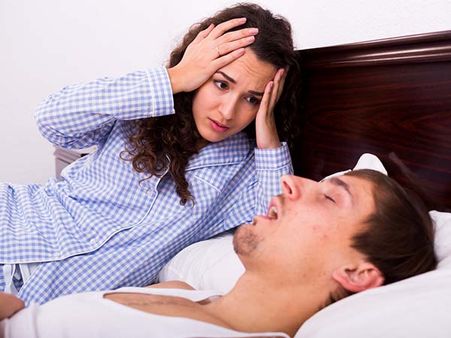
2. Snoring
It falls under sleep-related breathing disorders commonly found in middle-aged individuals and considered a risk factor for another sleep disorder called obstructive sleep apnea.
Though everybody snores a few times during sleep, it becomes a problem when a snorer experience choking, unrefreshing sleep, daytime fatigue, recurrent awakenings or change in personality. Common factors responsible for snoring include obesity, alcohol, use of medications or genetic. [2]

3. Shift work sleep disorder
It is associated with circadian rhythm sleep-wake disorders. Shift work sleep disorder is mainly triggered in individuals who perform night shifts. The condition is caused by circadian misalignment or say, disturbance in the sleep-wake cycle that results in excessive sleepiness or insomnia.
People who have this disorder experience poor health, accident risk and low quality of life due to their shift work. It can get chronic if sleep timings are not maintained properly.[3]

4. Obstructive sleep apnea
It falls under sleep-related breathing disorders. Obstructive sleep apnea (OSA) causes repetitive episodes of breathing discontinuation due to partial collapse of the airways. In this condition, people experience frequent arousal from sleep due to halt in breathing.
Severe symptoms of OSA include excessive daytime sleepiness and memory loss. Prolonged and untreated OSA can cause conditions such as metabolic disorders and cognitive impairment. [4]


5. Excessive daytime sleepiness
It is both a symptom of a sleep disorder and a severe condition itself. Excessive daytime sleepiness comes under central disorders of hypersomnolence and its a significant public health concern. Factors like depression, obesity and age contribute to this condition.
Excessive daytime sleepiness can be potentially dangerous and associated with neurological disorders, heart conditions or psychiatric. [5]
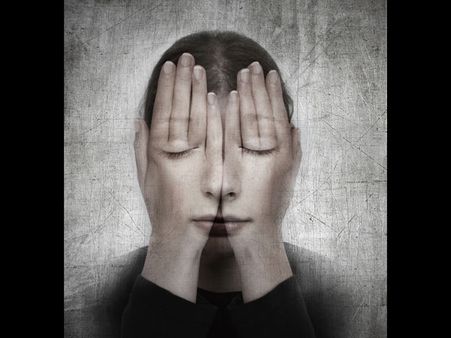
6. Narcolepsy
Narcolepsy is also a type of central disorders of hypersomnolence like excessive daytime sleepiness. It is a lifelong sleep disorder of rapid eye movement (REM) sleep characterised by sleep paralysis, uncontrollable sleep attacks, hallucinations and excessive daytime sleepiness.
Narcolepsy affects around 0.05 per cent of the population and people with the condition are unable to proceed with certain careers of activities in their life. [6]
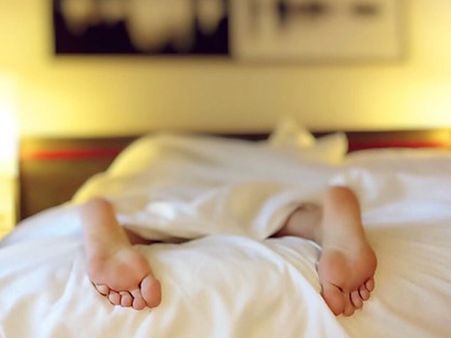
7. Restless leg syndrome
It is a type of sleep-related movement disorders. Restless leg syndrome causes irresistible urge to move the legs due to abnormal and painful sensation in this body part, that goes away by the movement.
The involuntary jerkings of the legs at night during intervals can disturb the sleep of a person. The condition is common in women compared to men and can be present in all age groups. [7]

8. Exploding head syndrome
Exploding head syndrome, also known as ‘snapping of the brain' is a type of unusual and benign sensory parasomnia in which people experience a sudden onset of loud and abrupt noises during sleep time or wake time. This may result in insomnia, fear, confusion, distress and sleep disturbances. Exploding head syndrome is a rare and less-researched sleep disorder. [8]

9. Sleepwalking
It is a kind of NREM-related parasomnias. Sleepwalking or somnambulism is a sleep disorder in which a person performs undesirable actions such as getting up and walking while asleep. It is also characterised by reduced awareness of the environment and reduced problem-solving and decision-making ability.
Sleepwaking may be hereditary but other factors are hyperthyroidism and emotional issues are also responsible. Children are more diagnosed with the condition compared to adults. [9]

10. Nightmare disorder
It comes under REM related parasomnias. Nightmare disorder is linked to symptoms such as shortness of breath, sweating or periodic leg movements followed by emotions of fear, sadness, anger and shame.
The disorder can cause degradation of social, personal and occupational life. Researches indicate a traumatic event or emotional trauma behind nightmare disorder. [10]

11. Delayed sleep-wake phase disorder
It is the most common of circadian rhythm disorder. Delayed sleep-wake phase disorder (DSWPD) is known to emerge mainly during childhood and persists until adulthood. In this condition, a person is unable to fall asleep at normal bedtime or say, timing as per the circadian cycle even when they are tired.
This causes a delay in wakeup time which may interfere with a person's day-to-day activities such as late for school or office. The delay in sleep is at least two hours. [11]
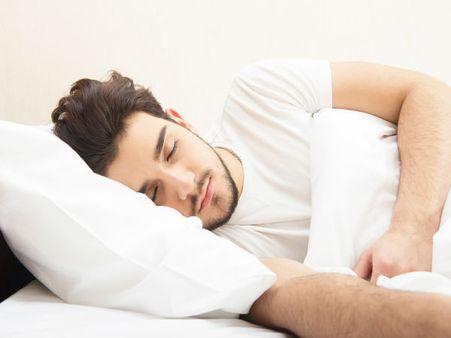
Tips For Good Sleep
- Maintain a bedtime so that you are able to sleep at least 7-8 hours.
- Keep aside all the gadgets such as mobile phones while sleeping.
- Do not overload the stomach with heavy meals just before sleeping. Have dinner at least two hours before bedtime.
- Avoid nighttime alcohol consumption or smoking cigarettes.
- Adjust the room temperature and avoid excessive warm or cold temperature.
- Make the room dark and quiet.
- A warm bath or certain relaxation exercises helps with better sleep.
- Stay active during the daytime and avoid prolonged daytime naps.
- Make ways to control your emotional factors such as stress or anxiety.

-
 kidsSleep Disorders In Children: What Parents Should Know
kidsSleep Disorders In Children: What Parents Should Know -
 wellnessWorld Sleep Day 2022: People With These Medical Conditions May Benefit From Wearing A Sleep Eye Cover
wellnessWorld Sleep Day 2022: People With These Medical Conditions May Benefit From Wearing A Sleep Eye Cover -
 wellnessHere’s Why A Glass Of Milk Before Bed Can Help You Sleep Better
wellnessHere’s Why A Glass Of Milk Before Bed Can Help You Sleep Better -
 wellness8 Bedtime Teas That Help You Sleep Better
wellness8 Bedtime Teas That Help You Sleep Better -
 wellness8 Secrets To Sleep Better At Night
wellness8 Secrets To Sleep Better At Night -
 wellnessBad Bedtime Habits That Ruin Your Sleep
wellnessBad Bedtime Habits That Ruin Your Sleep -
 disorders cureCan Sleeplessness Turn You Mad?
disorders cureCan Sleeplessness Turn You Mad? -
 disorders cureSide Effects Of Taking Sleeping Pills
disorders cureSide Effects Of Taking Sleeping Pills -
 pulseSome Bizarre Facts About Dreams!
pulseSome Bizarre Facts About Dreams! -
 wellnessSleep Hygiene Tips For A Peaceful Slumber!
wellnessSleep Hygiene Tips For A Peaceful Slumber! -
 wellnessEffective Remedies To Stop Snoring
wellnessEffective Remedies To Stop Snoring -
 disorders cureWhy People Urinate While Dreaming?
disorders cureWhy People Urinate While Dreaming?


 Click it and Unblock the Notifications
Click it and Unblock the Notifications





